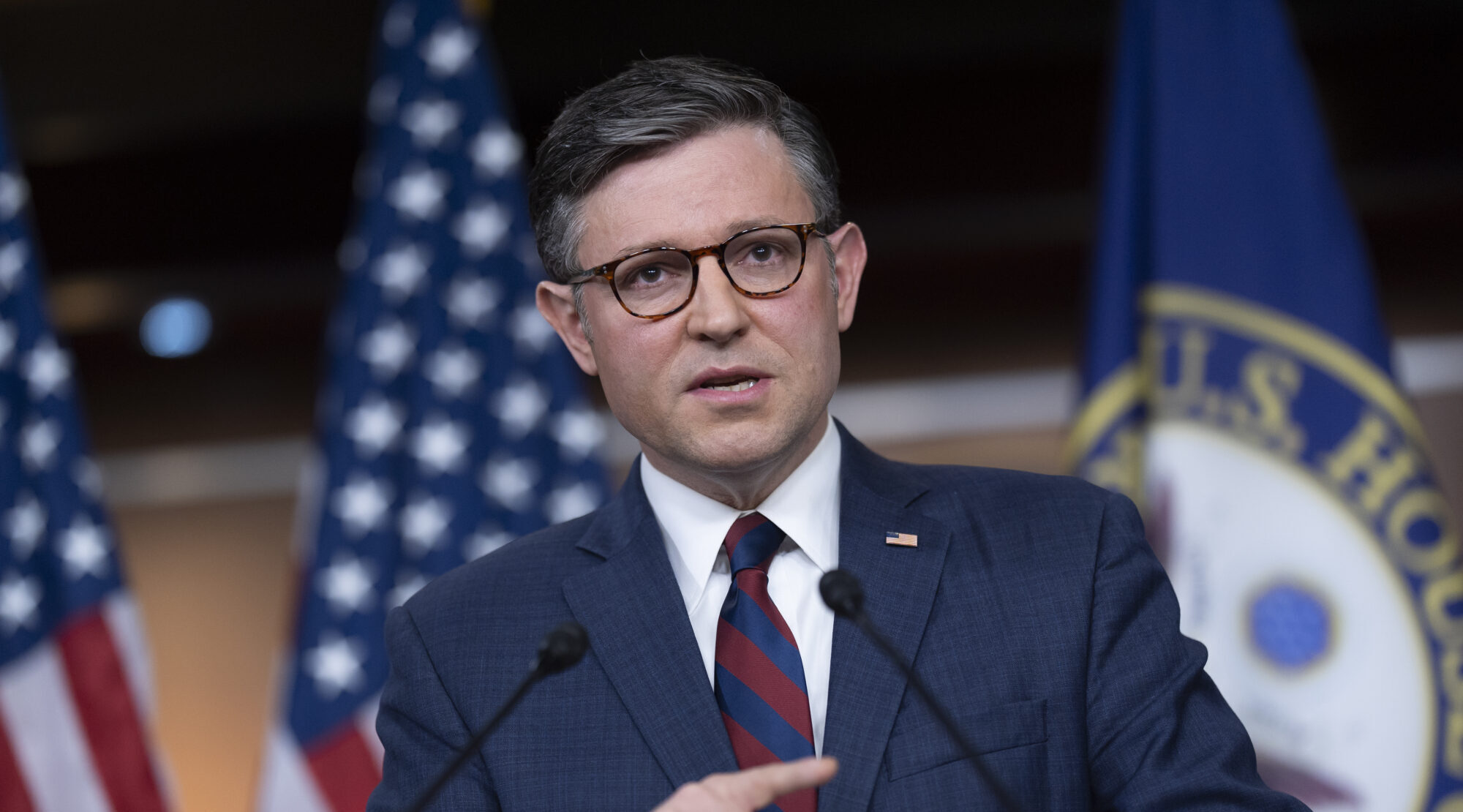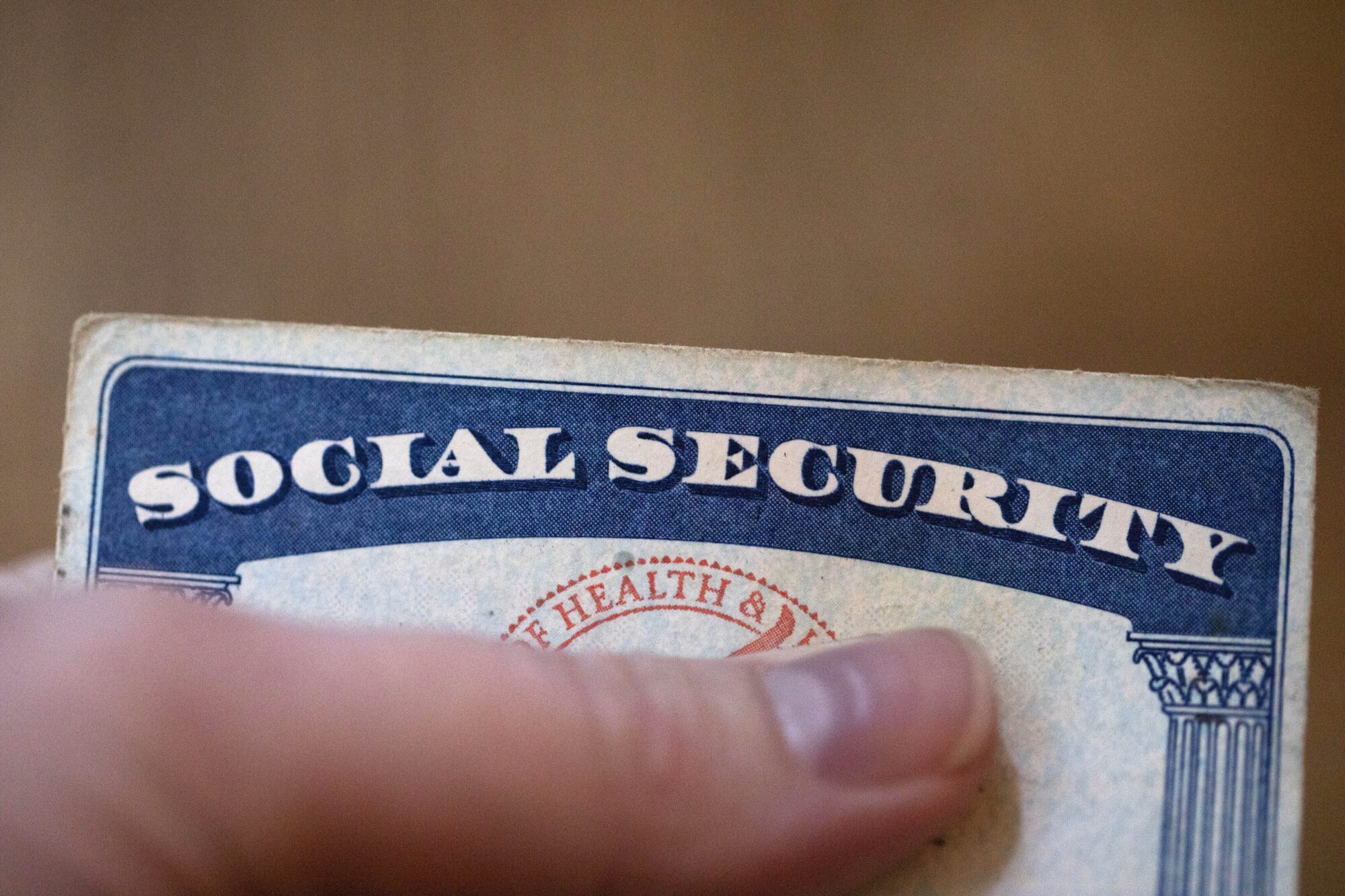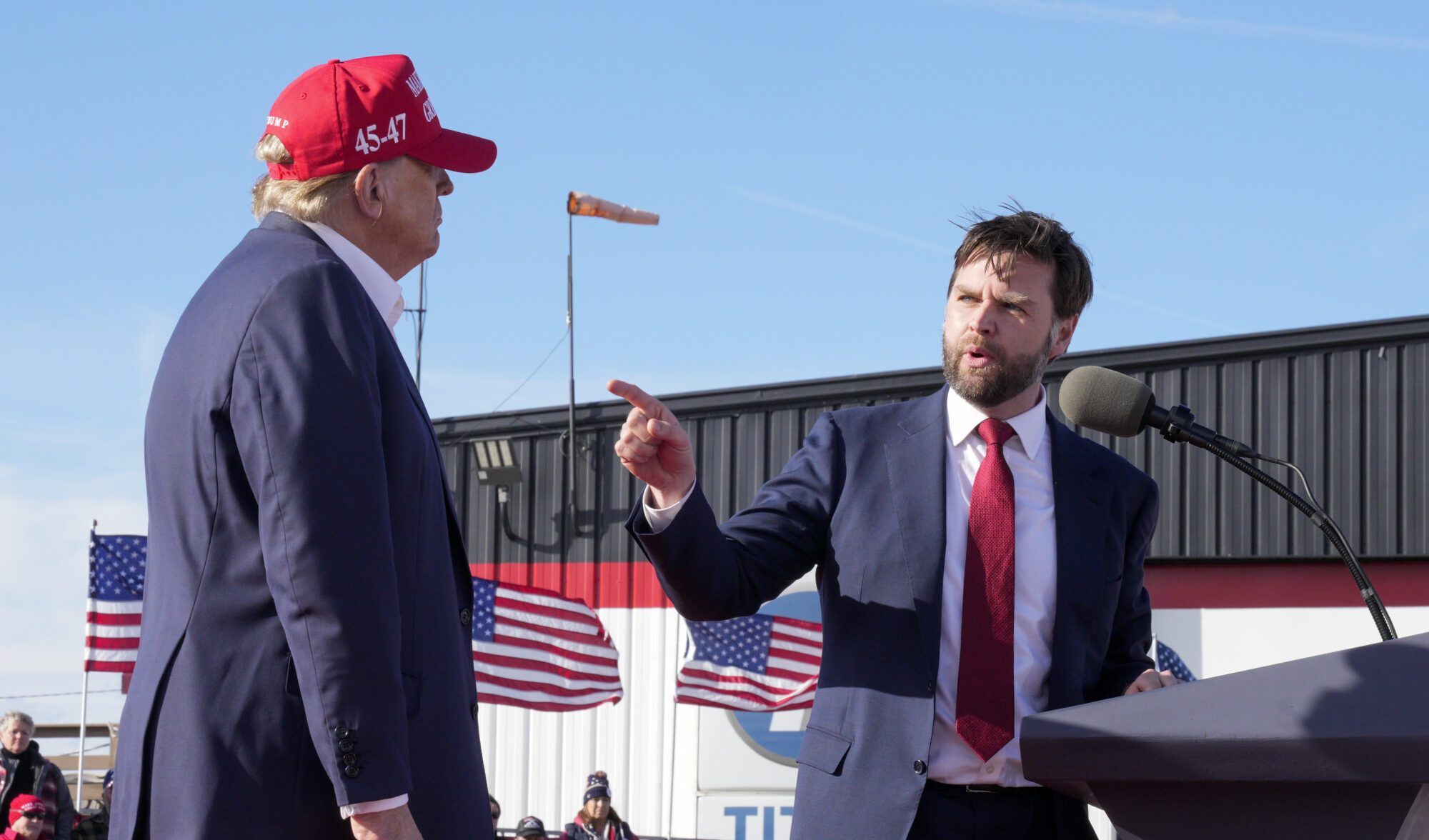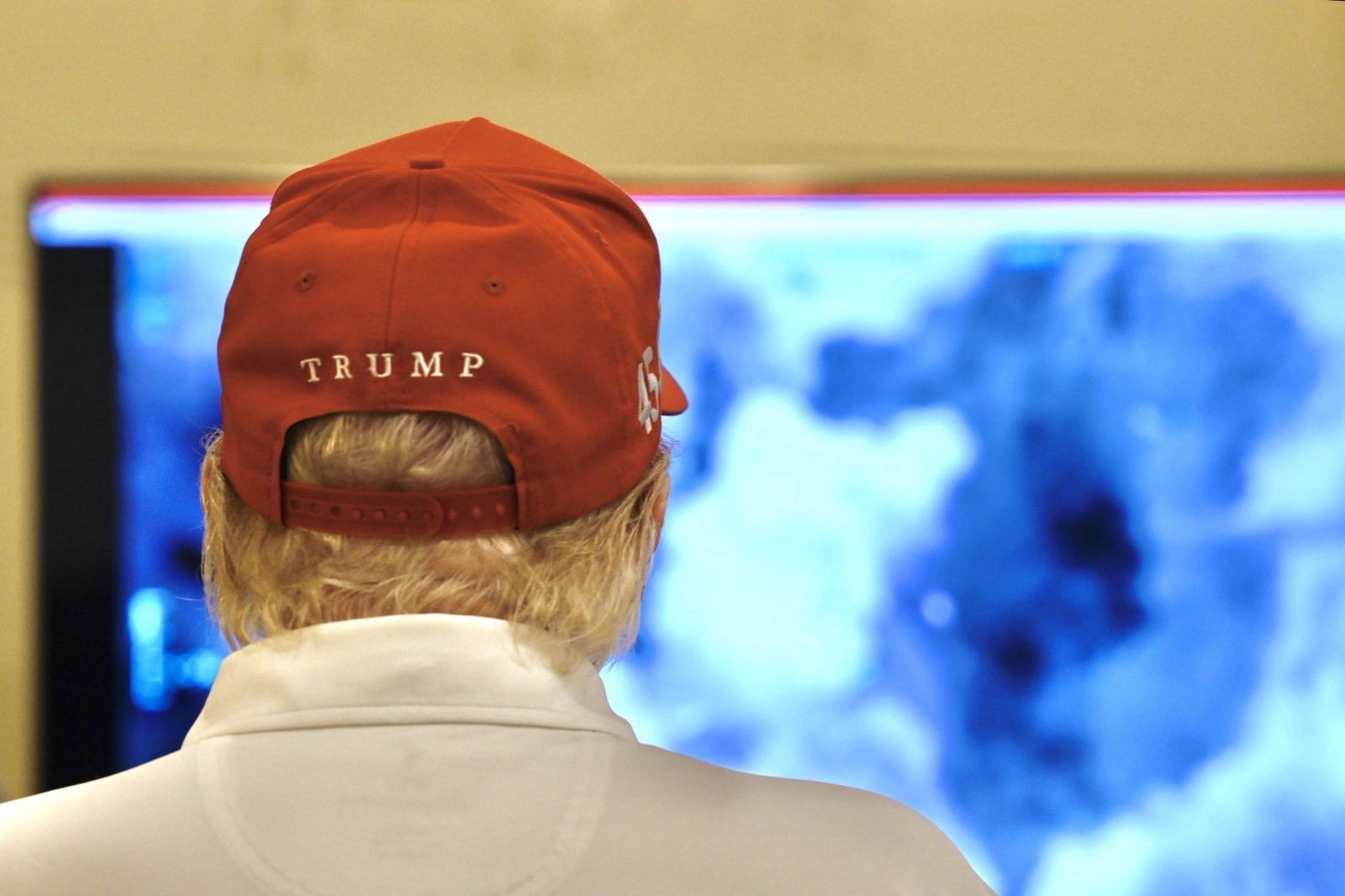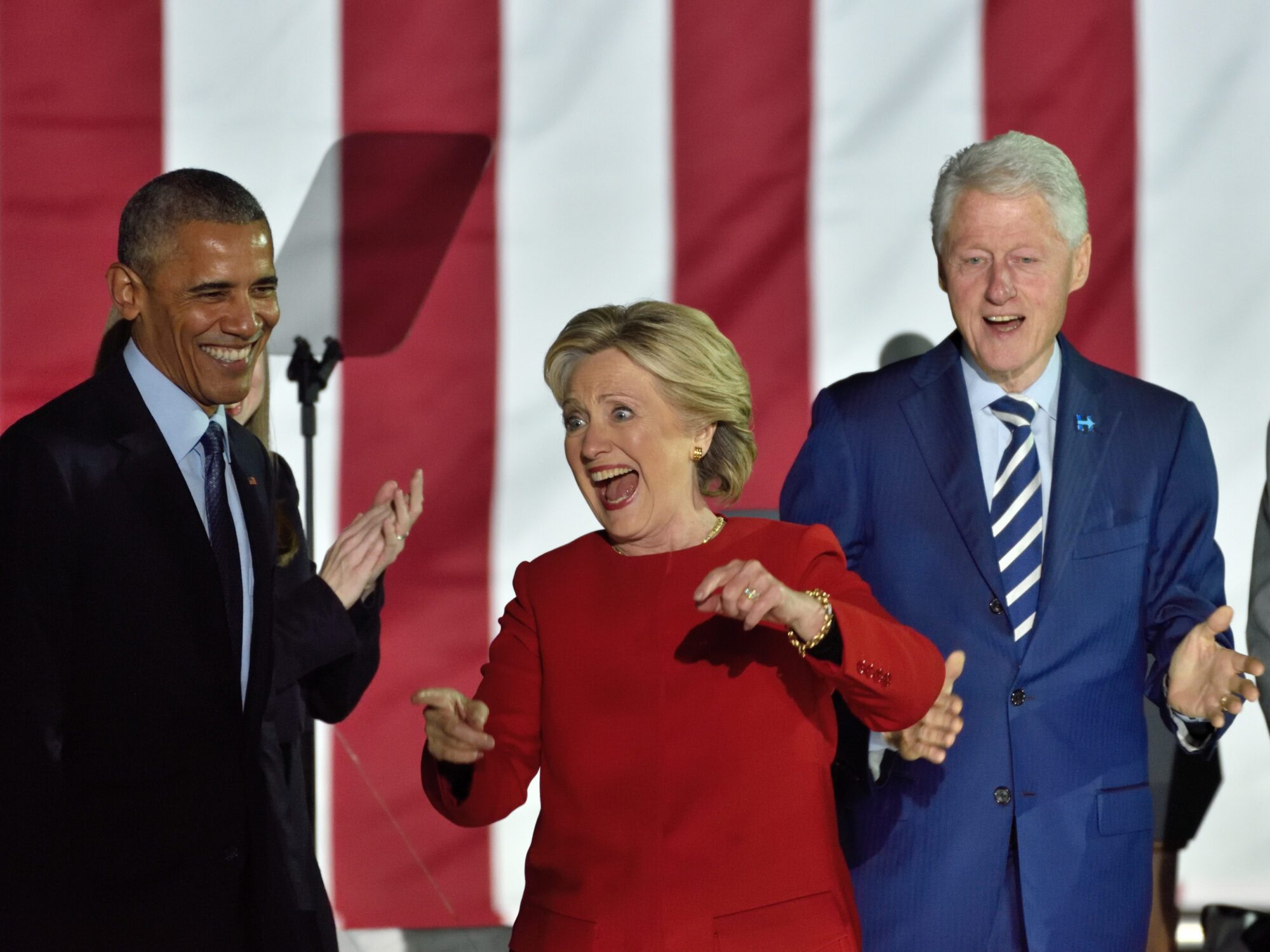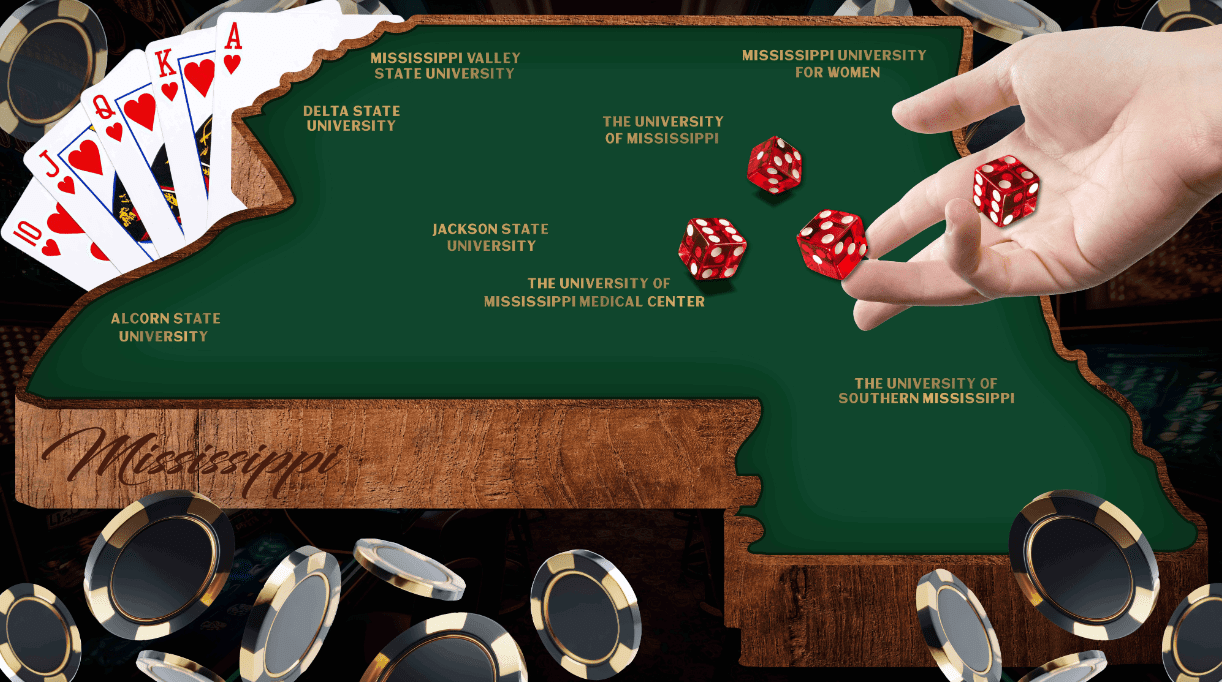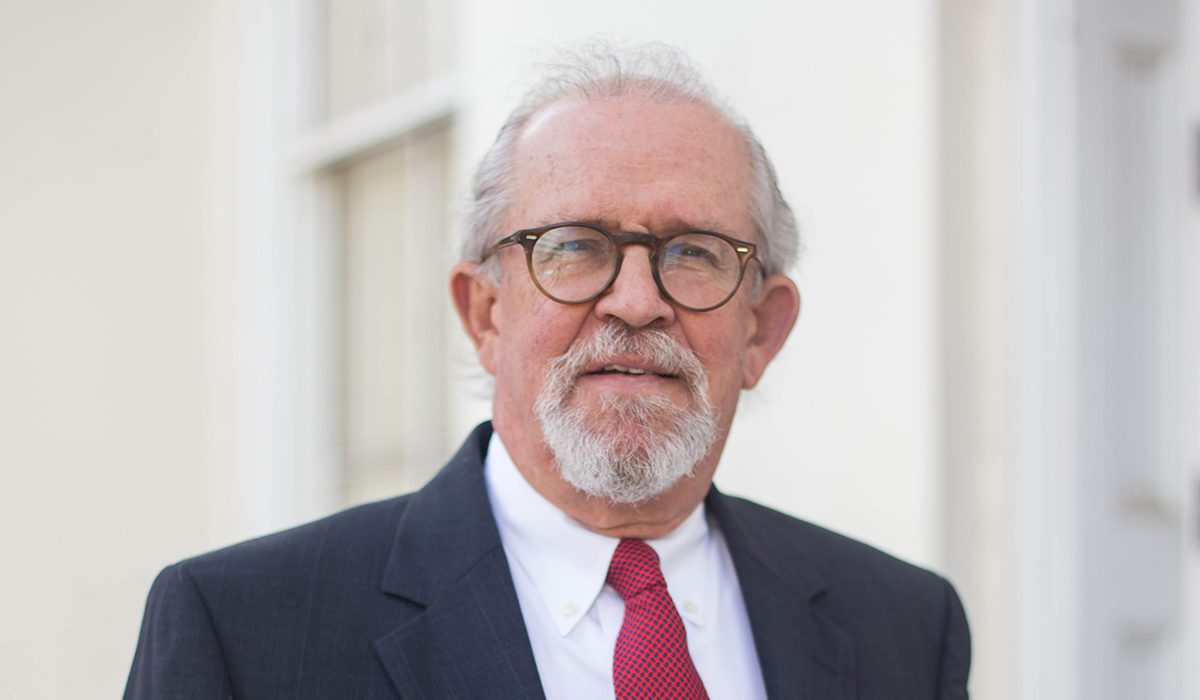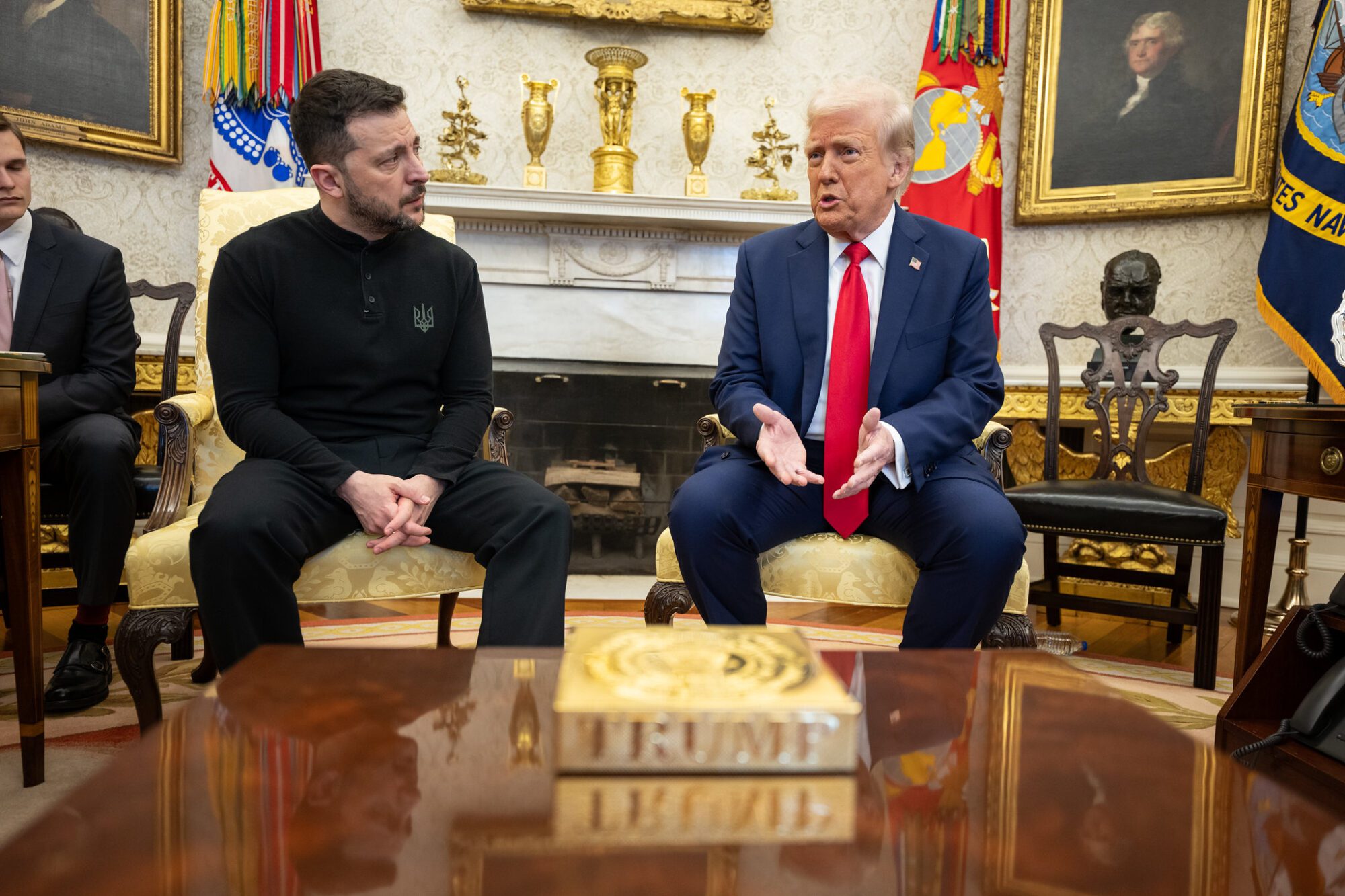
(Photo from the White House Press Office)
- Unlike Biden, the Trump administration will not send military aid directly to Ukraine. Instead, NATO allies will purchase weapons from the U.S. and then funnel them to the front lines.
Though endlessly critical of his predecessor, President Trump has adopted a Ukraine strategy similar to that of former President Joe Biden: Arm the Ukrainians to the teeth and threaten Russian President Vladimir Putin with even more sanctions if he does not agree to a peace deal.
Some of Trump’s closest domestic allies are already warning that the “expanded American role in the Ukraine War” will be “quite shocking” to the America First voters who returned him to the Oval Office.
But the same president who vowed to end the war in 24 hours has lost patience with Putin after six months. “He’s fooled a lot of people,” Trump said of the Russian leader. “He fooled Clinton, Bush, Obama, Biden. He didn’t fool me.” Seated in the Oval Office next to NATO Secretary General Mark Rutte, the president offered a glimpse into the negotiation process and his seemingly shifting mood on the war.
“I felt we had a deal about four times,” Trump admitted. “But it just kept going on and on.”
So Trump will sell weapons to NATO to supply Ukraine, and if Russia does not yield in 50 days, Trump promises another 100% tariff on all Russian goods.
Critics accused Trump of dawdling out of hubris before arriving at the right answer for the wrong reasons. “President Trump couldn’t understand the utility of or stakes around arming Ukraine until he felt personally wronged by Putin,” said Ned Price, a spokesman for the State Department during the previous administration. “One helluva learning curve,” a former Biden White House official said of the perception that Trump was moving in a pro-Ukrainian direction, “and an expensive one too.”
A third former Biden official described the new strategy as different but similar to the former president’s Ukraine strategy, just with “a bit of an extra step.” And the twist in question is a big, Trumpian one.
Unlike Biden, the Trump administration will not send military aid directly to Ukraine. Instead, NATO allies will purchase weapons from the U.S. and then funnel them to the front lines, a development that comes in the weeks after those European nations finally agreed to meet Trump’s separate demand that they spend at least 5% of their annual GDP on defense within the next decade.
The right has taken a consistently dim view of Ukraine. A fledgling democracy, the nation struggled with endemic corruption even before the war, and while allegations of widespread black-market sales are yet to be substantiated, the government there has uncovered massive fraud to the tune of $40 million in weapons procurement. Amaryllis Fox Kennedy, the Trump official charged with overseeing U.S. intelligence budgets, told RealClearPolitics earlier this year that the Biden arms shipments were akin to dropping “a pallet of money” in downtown Kyiv without getting a receipt. And while still in the Senate, Vice President JD Vance told RCP that the lack of oversight in weapons shipments was “a major problem.”
Asked how the new plan to arm Ukraine via NATO differed from the previous administration’s policy, White House spokesman Anna Kelly told RCP that Putin would have never invaded if Trump had been in office and blamed the “incompetence and weakness” of Biden for allowing “this brutal war to start in the first place.”
“Unlike Biden, President Trump is focused on stopping the killing,” she added, “and thanks to his leadership, Russia and Ukraine are having direct talks for the first time in years.”
So far, those talks have dragged and have not yielded the peace that Trump desperately wants. All the same, European leaders have heralded them as an important first step. And the negotiations between Kyiv and Moscow, on and off in Istanbul since last May, mark the first time both sides have talked directly since Russian tanks began rolling across Ukraine three years ago. For his part, Trump has spoken directly with Putin numerous times. Biden never spoke with the Russian leader once the war started.
Those calls are warm; the results, lacking. “My conversations with him are very pleasant,” Trump told reporters of his efforts to convince Putin to end the war, “and then the missiles go off at night.” While the process is painfully slow, the administration is clear on its ultimate goal. Trump defined it as “everlasting peace.”
The Biden administration struggled, at times, to define its aims in the land war. The previous president was fond of repeating the mantra “Nothing about Ukraine without Ukraine” to convey the open-ended commitment of the U.S. Former White House Press Secretary Jen Psaki told RCP that it was “difficult to define what winning is” because it was ultimately up to the Ukrainians to determine peace terms.
A year into the conflict, Jake Sullivan, Biden’s national security advisor, clarified that the goal of that administration was “to strengthen the hands of the Ukrainians on the battlefield so that they are in the strongest position with the most leverage when they get to the negotiating table to ultimately achieve an outcome that restores Ukraine’s full sovereignty and territorial integrity.”
Trump has not been as accommodating. His approach has been to force both sides into talks, and early suggestions from Vance that Kyiv make territorial concessions were panned by Ukrainian President Volodymyr Zelensky as “too radical.” Later, when he warned Trump in front of the cameras that peace with Putin was impossible, that leader was summarily kicked out of the White House. Trump has since turned his ire toward Moscow, seemingly out of exhaustion.
Trump relishes the role of peacemaker, and his early efforts during his second term have met with success. He helped broker a deal to end Africa’s biggest war, the ongoing conflict between Congo and Rwanda. The president may even be nominated for a Nobel Peace Prize after he helped resolve tensions between nuclear-armed India and Pakistan. But an end to war in Europe remains elusive.
“I’m disappointed in President Putin,” he said. “I thought we would have had a deal two months ago.”
Hence the weapons shipments, which former Vice President Kamala Harris and other Democrats doubted would materialize. Harris argued during the campaign that Trump “will sell out Ukraine,” citing his years spent “cozying up to Vladimir Putin.” The Harris-Walz campaign took aim at Vance’s stated anti-interventionism to paint the ticket as isolationist.
A vanguard of the New Right, a political movement defined in part by opposition to foreign wars, Vance said while a Senate candidate, “I don’t really care what happens to Ukraine one way or another.” The remark to former Trump strategist Steve Bannon fueled fears that a Trump-Vance administration would retreat from the world stage. Mike Pompeo, Trump’s second secretary of state, told RCP last summer that the rhetoric was overheated. “If you were a Ukrainian mother,” Pompeo said, “you would prefer Trump and Vance to Biden and Harris all day long.” Much more of a hawk than many in the current administration, Pompeo predicted that ultimately Trump and Vance would “get to a good place” on Ukraine.
A spokesman for Vance told RCP that, unlike the Biden strategy, the Trump policy toward Ukraine revolves around the twin pillars of saving taxpayers “from indefinitely funding the conflict in Europe” and bringing the war to a close. Weapons will be shipped like before, but the spokesman stressed that there is no blank check and the Europeans, not the Americans, will foot the bill.
“While Joe Biden stupidly sent billions of American tax dollars to Ukraine, President Trump put America first and smartly struck a deal that puts the onus on our allies in Europe to pay for the aid to Ukraine,” the spokesman concluded. “This administration will continue working to promote peace around the world, which is exactly what President Trump and Vice President Vance promised the American people they would do.”
Estimates vary, but the U.S. has already sent hundreds of billions in aid to Ukraine. Existing sanctions, meanwhile, have reduced trade between the U.S. and Russia to a trickle, possibly making additional sanctions effectively anemic. (According to the U.S. trade representative, trade between the two nations amounted to just $3.5 billion last year.)
Advocates for a more muscular foreign policy seem ascendant in the current White House, especially after the successful strikes on Iran and subsequent peace deal. Pointing to the bombing of Iranian nuclear facilities and looking from the outside in, former Vice President Mike Pence told CNN he believed “that some of the isolationist voices in and around this administration” who tried to convince Trump not to go through with the attack “may have lost some of their footing with the president.”
A former senior White House official echoed that sentiment, telling RCP that more isolationist advisors inside and outside the current administration likely “harmed themselves criticizing him for the strike on Iran and he’s grown frustrated and impatient with Russia on Ukraine.”
Another former senior White House official who maintains close ties with the administration countered that Trump defies ideological categorization. The president isn’t a hawk or a dove, the Trump ally explained. Instead, they characterized Trump as a pragmatist best defined by the axiom of “strong opinions loosely held.” His movement toward Ukraine was not the “flip-flopping” of political convenience, the person said, explaining instead that the “strong-opinions-loosely-held” approach reflects a willingness to adapt as “the facts on the ground change.” The holdup in this case? A defiant Putin.
The more ardent non-interventionists in the MAGA base remain unconvinced, regardless of the facts on the ground, that the United States should get involved. “We’re about to arm people we have literally no control over,” warned former Trump advisor Steve Bannon. The conflict bears more resemblance to the First World War, he said, “and we’re being dragged into it.”
“He gave Putin a shot at de-escalation. Now Putin’s just said, ‘Thanks, I got this. Butt out,” Bannon told listeners of his eponymous podcast Monday about the stalled diplomatic efforts. Arming Ukraine further risks escalating the conflict into a larger war, he added before concluding, “And guess who they’ll turn to when it spins out of control? Uncle Sugar. That means you, the American taxpayer.”
Trump said that weapons sales to NATO would begin at once and then be in Ukrainian hands on the battlefield imminently.
“We’ll send them a lot of weapons of all kinds,” the president said in the Oval Office. “And they’re going to deliver those weapons immediately to the site, to the site of the war, different sites of the war, and they’re going to pay for 100% of them.”
